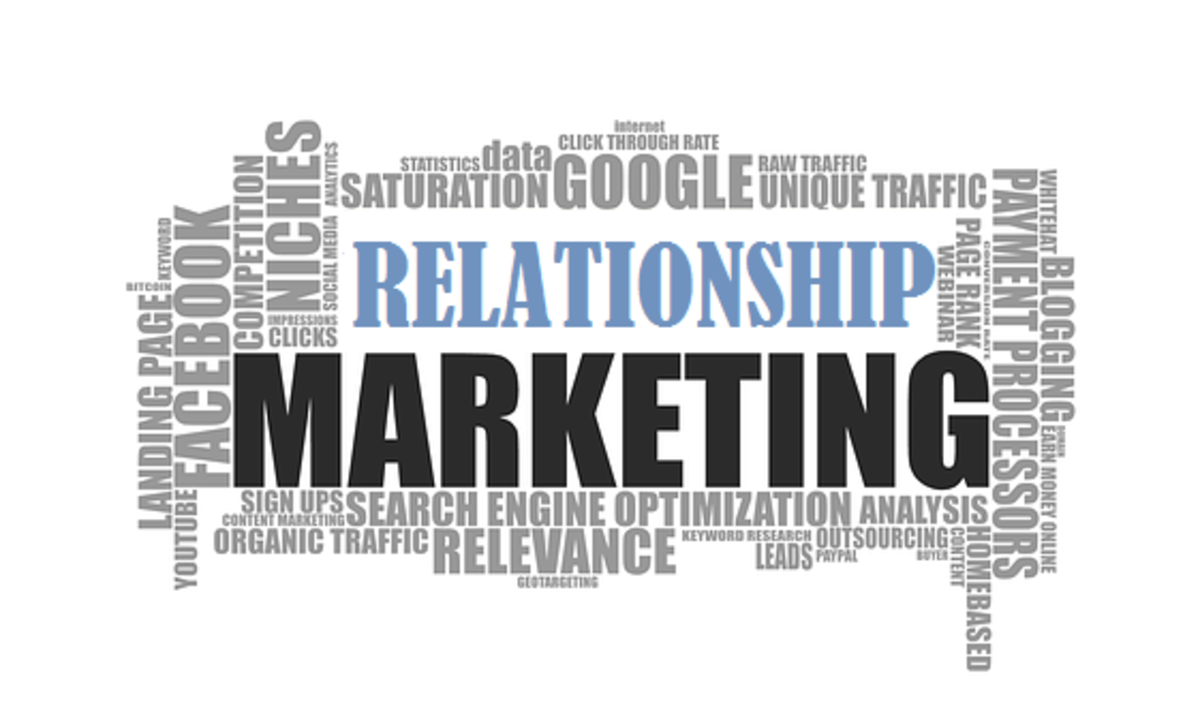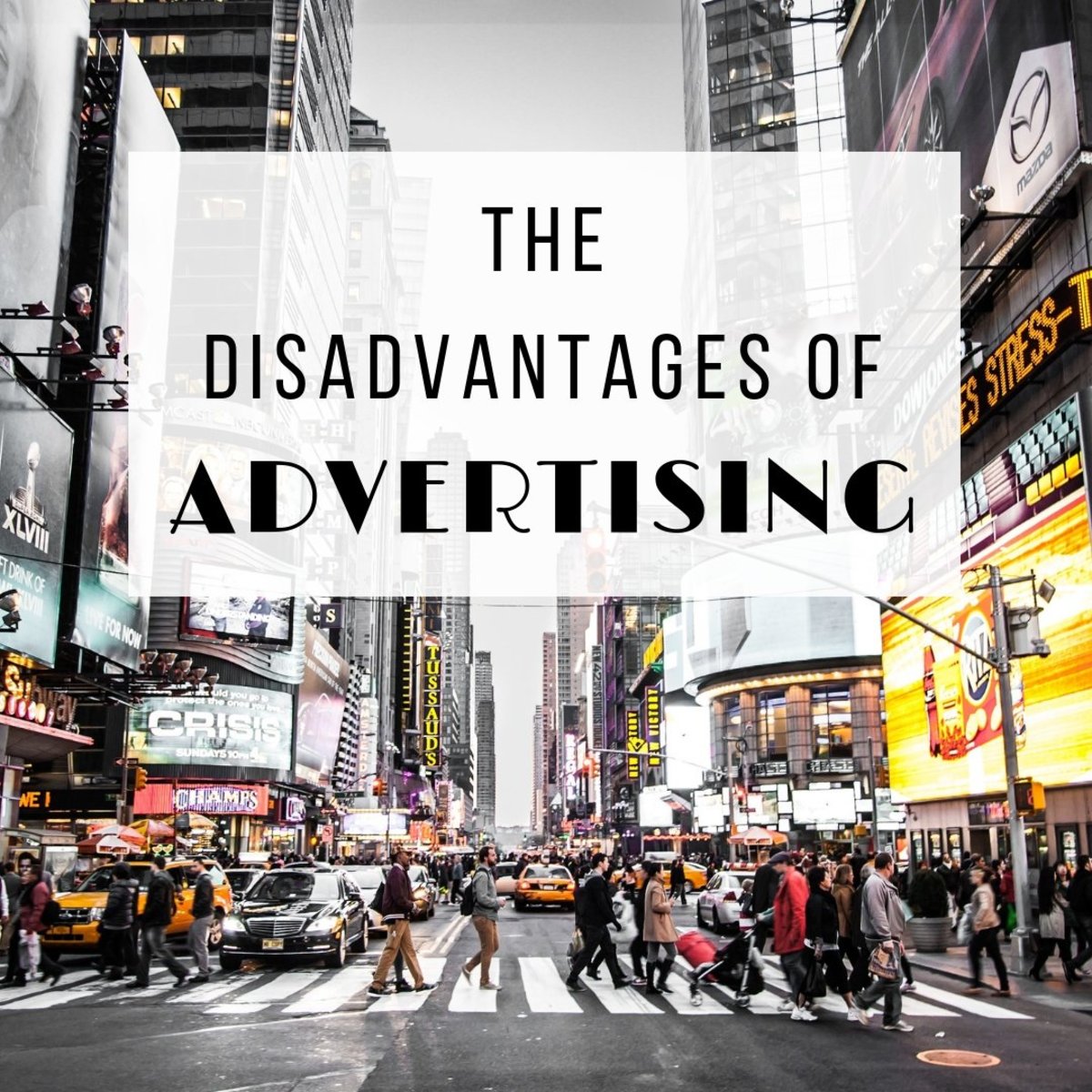Branding vs. Marketing: 10 Key Differences Explained

If you’re a business owner, entrepreneur, or marketer, you’ve probably asked yourself: What’s the real difference between branding and marketing? At first glance, these two terms seem interchangeable; both aim to grow your business, attract customers, and build awareness. But while they work together, they serve completely different purposes. Understanding branding vs. marketing is vital if you want to build a recognizable identity, attract loyal customers, and achieve long-term business growth. Many companies make the mistake of focusing only on marketing, running ads, posting on social media, or sending email campaigns, without first establishing a clear brand identity. Others invest heavily in branding but neglect marketing efforts to reach new audiences.
To build a sustainable and successful business, branding and marketing must work hand in hand. In this article, we’ll break down the 10 key differences between branding and marketing, how they complement each other, and how you can use both to create a powerful business strategy.
Who You Are vs. How You Promote
Branding defines who you are, while marketing defines how you promote what you do. Branding is your company’s identity, your purpose, values, mission, and personality. It’s the emotional core that tells your audience who you are and why you exist. Marketing, on the other hand, involves the strategies and actions you use to reach your audience, promote your services, and generate sales. It includes advertising, SEO, content creation, and social media campaigns. Think of branding as your foundation and marketing as the tool that spreads your message to the world.

1. Purpose: Building Trust vs. Creating Awareness
The purpose of branding is to build trust, recognition, and emotional loyalty. Your brand creates a sense of belonging and credibility that makes customers return and recommend your business.
The purpose of marketing is to generate awareness, engagement, and conversions. It’s all about spreading the word, increasing visibility, and driving action.
Without a strong brand, your marketing campaigns feel superficial. Without marketing, your brand remains invisible. Successful companies know how to combine both marketing to attract people, while branding keeps them loyal.
2. Focus: Long-Term Vision vs. Short-Term Campaigns
Branding focuses on the long-term reputation of your company. It’s a continuous process of building recognition and consistency. Great brands like Nike or Apple have sustained their identities for decades through consistent messaging and visuals.
Marketing, however, focuses on short-term tactics. Campaigns often have time limits a seasonal promo, a product launch, or a limited-time offer. Your marketing can evolve every month, but your branding should remain consistent for years.
Example: Nike’s timeless message, “Just Do It” represents branding. Their latest ad featuring athletes or influencers is marketing.
3. Customer Impact: Loyalty vs. Attraction
Branding nurtures customer loyalty. It builds emotional connections and keeps customers coming back, even when competitors offer similar products.
Marketing focuses on customer attraction. It captures attention, brings new leads, and introduces people to your products or services.
The two complement each other perfectly. Marketing introduces customers to your brand, and branding gives them a reason to stay.
Example: Starbucks doesn’t just sell coffee. Its brand represents community, comfort, and connection, values that keep customers loyal. Their marketing, however, attracts new drinkers with seasonal promotions and creative campaigns.
4. Strategy vs. Tactics: The Blueprint and the Action Plan
Branding is strategic; it sets the direction. It answers the big questions:
- Who are we?
- What do we stand for?
- Why should customers choose us?
Marketing is tactical, it’s the execution of those answers. It determines how to reach people through ads, SEO, email marketing, or social media campaigns.
You can think of branding as the blueprint and marketing as the construction team that builds the structure. Without a clear brand strategy, marketing efforts often lack focus and fail to connect emotionally with audiences.
5. Customer Impact: Loyalty vs. Attraction
Branding nurtures customer loyalty. It builds emotional connections and keeps customers coming back, even when competitors offer similar products.
Marketing focuses on customer attraction. It captures attention, brings new leads, and introduces people to your products or services.
The two complement each other perfectly. Marketing introduces customers to your brand, and branding gives them a reason to stay.
Example: Starbucks doesn’t just sell coffee. Its brand represents community, comfort, and connection, values that keep customers loyal. Their marketing, however, attracts new drinkers with seasonal promotions and creative campaigns.

6. Message: Identity vs. Persuasion
Branding communicates who you are and what you stand for.
Marketing communicates why people should choose you right now.
Coca-Cola’s branding centers around happiness and togetherness, which is identity. Their marketing changes with the seasons: holiday ads, summer campaigns, or limited-edition packaging that’s persuasion.
Together, these messages create both emotional connection and commercial motivation, the ultimate combination for business success.
7. Emotional vs. Functional: Storytelling vs. Selling
Branding speaks to emotions. It’s your story, your voice, and your promise. People don’t just buy what you sell, they buy why you sell it.
Marketing speaks to functionality. It highlights the benefits, features, and advantages that persuade customers to take action.
Example:
Apple’s branding represents innovation, creativity, and simplicity, an emotional connection.
Apple’s marketing focuses on product features like camera quality or performance a functional appeal.
8. Longevity: Timeless vs. Temporary
Branding is timeless. Once you’ve established your identity, logo, tone, values, and mission, they should remain consistent for years. Customers build recognition and trust based on this consistency.
Marketing is temporary. Campaigns, slogans, and ad strategies evolve with trends and technology. You may change marketing platforms, but your brand values should remain unchanged.
Consistency is key: a timeless brand with flexible marketing ensures that your business stays relevant while maintaining authenticity.
9. Dependency: Independent vs. Dependent
Branding can exist even without active marketing. Your identity, your name, logo, tone, and reputation remain in the minds of customers.
Marketing, however, cannot exist without branding. Without a defined identity, your campaigns lack direction and consistency. This is why branding always comes first; it’s the foundation on which marketing stands.
10. Measurement: Reputation vs. ROI
Branding is measured through intangible metrics such as recognition, reputation, trust, and customer loyalty. These can be evaluated through surveys, reviews, and long-term retention rates.
Marketing is measured through tangible metrics, ROI (return on investment), conversions, clicks, and sales performance. These numbers show short-term success.
While branding builds perception, marketing delivers performance. When the two work together, businesses experience both consistent visibility and measurable growth.
Branding is about creating a feeling, while marketing is about providing a clear call to action.
Branding vs. Marketing Explained: A Simple Analogy for Business Growth
If you’re still confused, think of it this way:
- Branding is your personality. It’s who you are and how you make people feel.
- Marketing is your conversation. It’s how you speak, share your story, and connect with others.
You need both personality and communication to build meaningful relationships — just like you need both branding and marketing to grow a thriving business.
Why Every Business Needs Both Branding and Marketing
One of the most common mistakes small businesses make is choosing one over the other. Some focus only on branding, perfecting their logo, colors, and mission statement, but forget to promote themselves. As a result, no one discovers them. Others rely solely on marketing, running paid ads or social media promotions, but without a strong brand voice, they fail to build trust and long-term loyalty.
To succeed, your brand and marketing strategies must work together strategically:
- Branding defines your identity and values.
- Marketing amplifies that identity to reach the right people.
When both align, your business becomes recognizable, trustworthy, and profitable.
Conclusion
In the debate of branding vs. marketing, there’s no winner because both are vital for the effective success of the company's growth. They are a perfect partnership. Branding defines who you are and what you stand for. Marketing defines how you communicate that identity to the world. Remember, build a strong brand identity first, then amplify it through consistent marketing. This partnership ensures your business not only survives but thrives in any competitive market.
When you understand the 10 key differences between branding and marketing, you can create a business strategy that builds trust, attracts the right audience, and sustains long-term growth.
© 2025 Faith Nacario








